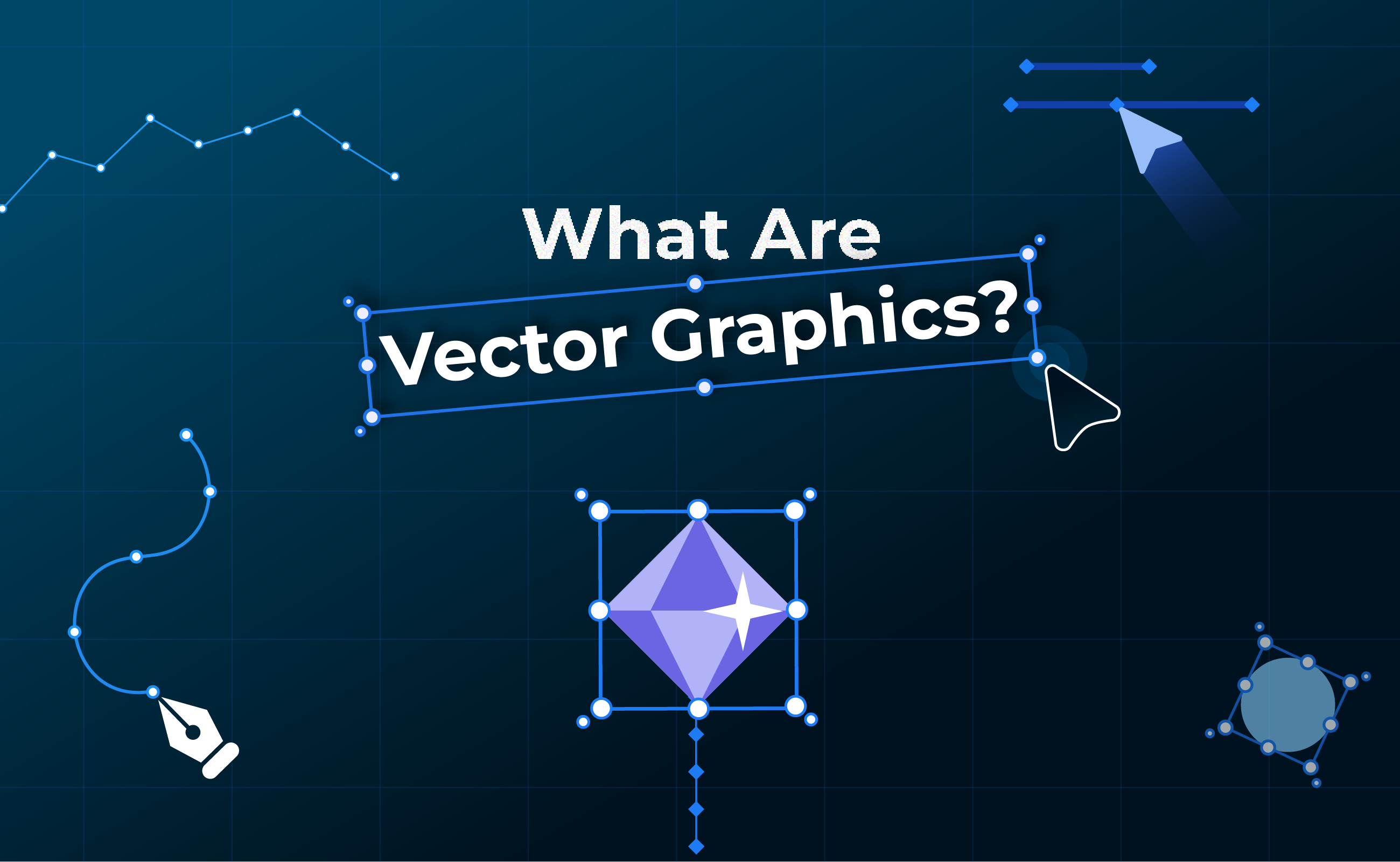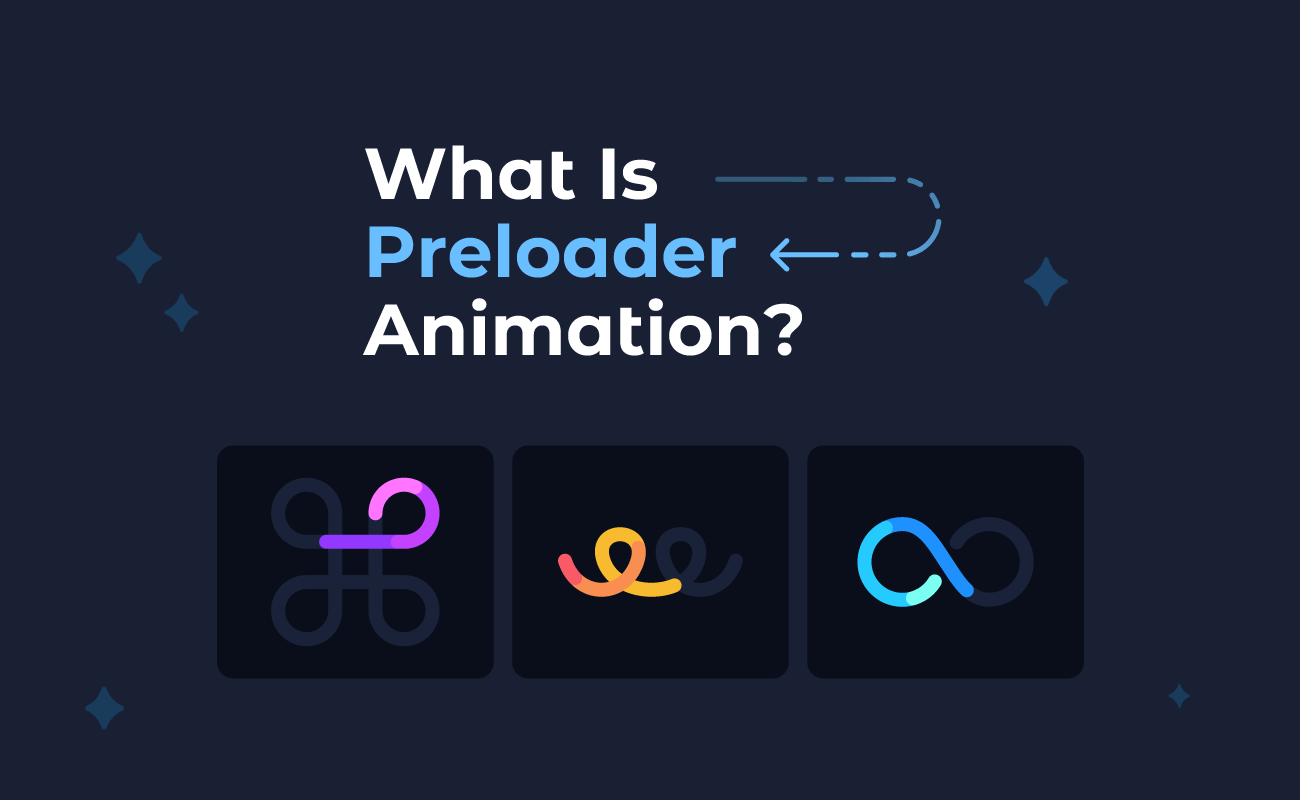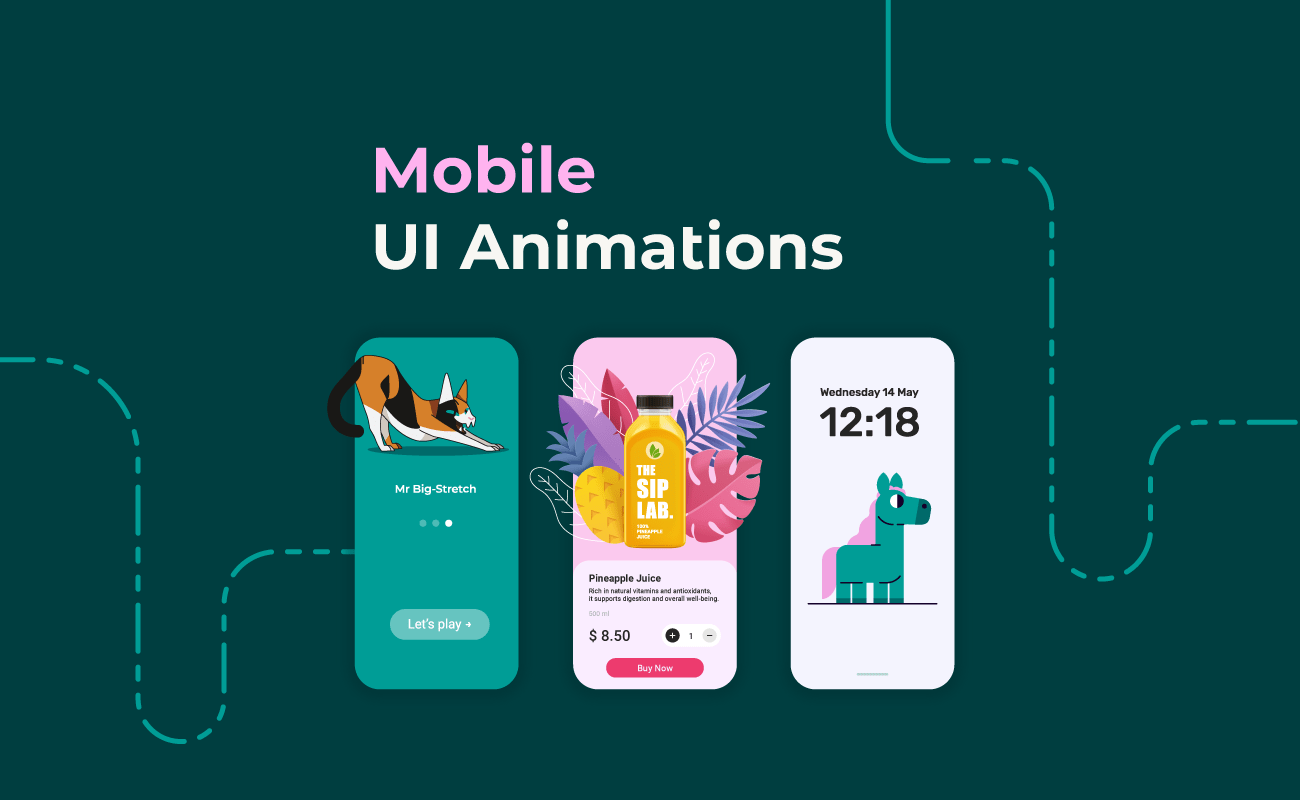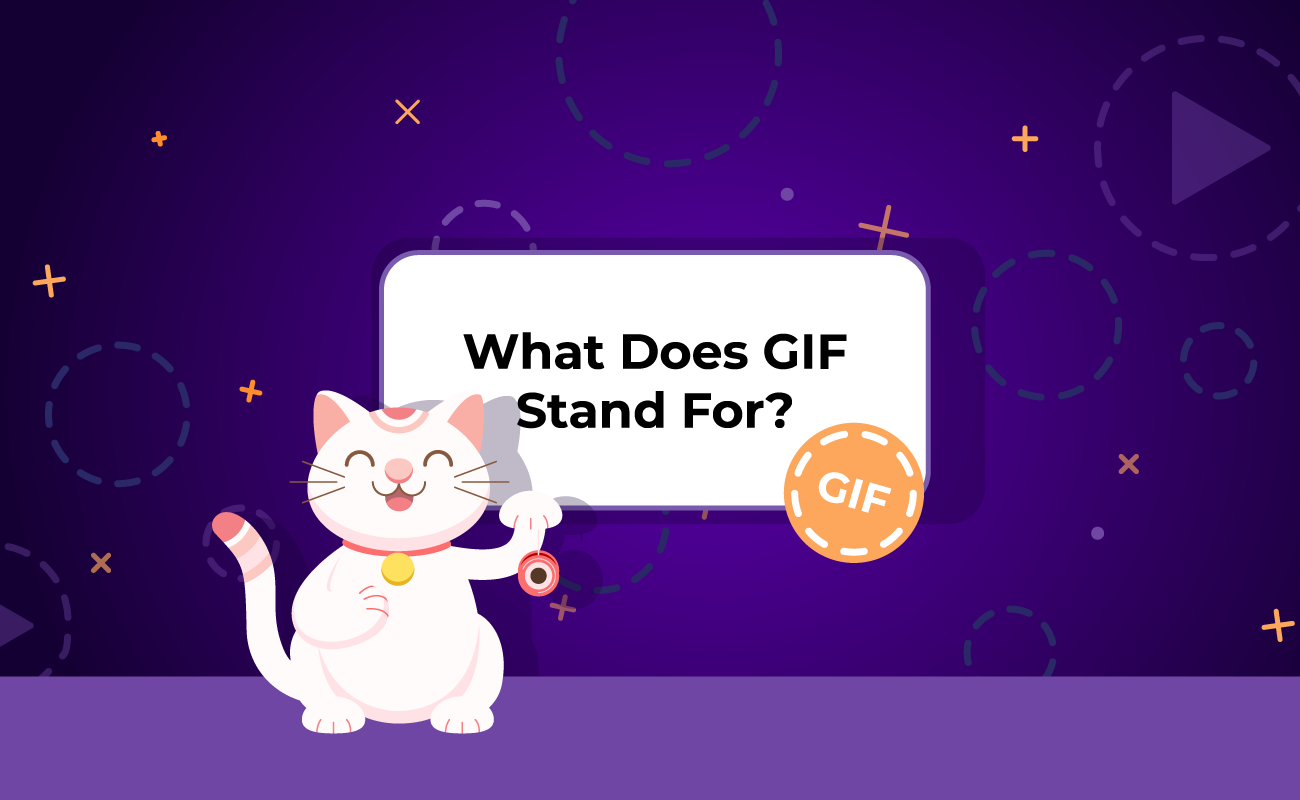SVG files are a powerhouse in modern web design, offering designers and developers a flexible, high-quality solution for creating everything from crisp logos to dynamic animations. In this article, we’ll dive into how SVG files work, their uses across different design elements, and tips on when and when not to choose this format for your projects. Whether you’re looking to enhance website performance, improve search visibility, or add engaging visuals, the SVG format offers solutions that blend aesthetics with functionality.
Table of Contents
- What is an SVG file?
- What is an SVG used for?
- Why use an SVG file?
- When not to use SVG
- Advantages and disadvantages of SVG files
- SVG files examples in multiple contexts
- How to create an SVG file in SVGator
- FAQ
- Conclusion
What is an SVG file?
It’s not just their resizing abilities that make SVG files hugely popular. The SVG graphics are written in XML code, meaning they store any text information as literal text rather than shapes. This allows search engines like Google to read SVG graphics for their keywords, which can potentially help a website move up in search rankings as part of a comprehensive SEO strategy.
What is an SVG used for?
Here’s why SVG files have become essential for various design and development needs:
1. Website icons and logos
The SVG files are ideal for displaying website icons and company logos, thanks to their ability to scale seamlessly across different display sizes without any quality loss. This makes them perfect for graphics that appear in various places on a website or in responsive designs, where elements need to adjust across devices. Designers often choose the SVG format for buttons, icons, and branding elements because they retain clarity and sharpness, from small mobile screens to large desktop displays.
2. Infographics and illustrations
One powerful advantage of the SVG files is that they’re XML-based, making them readable by search engines like Google. This means that text-heavy graphics, such as infographics and charts, can improve search engine optimization (SEO) by allowing keywords within the SVG files to be indexed. Additionally, the SVG format supports animation, giving designers even more ways to make web pages visually engaging while enhancing visibility in search rankings.
3. Bringing characters to life
The SVG format offers a unique advantage for character design on websites and apps. Because they’re easily animated and manipulated via CSS and JavaScript, designers can create dynamic, interactive characters that maintain vibrant colors and sharp details. Whether users view them on a small phone screen or a large desktop, SVG-based characters look lively and engaging without compromising a page's load time or a mobile app's performance.
4. Powering microinteractions
Microinteractions—subtle animations that respond to user actions—are crucial for enhancing the user experience. SVG is an excellent format for these interactions, providing visual feedback when users click, hover, or tap on an element. While often subtle, these animations help communicate what’s happening on the page, making the interface feel responsive and intuitive. When microinteractions work seamlessly, users may not even notice them consciously, but they play an essential role in creating a polished, user-friendly experience.
5. Dynamic backgrounds
Using SVG files for backgrounds is a creative way to add personality to a website without sacrificing load time. Unlike traditional image backgrounds that can slow a site, the SVG format keep file sizes small, even with complex animations. Designers can craft animated backgrounds that leave a lasting impression, such as gradient transitions, floating objects, glowing effects, and page-scroll animations. These interactive, lightweight backgrounds enhance the overall user experience and give websites a premium look.
Why use an SVG file?
This is particularly valuable for users on mobile devices with slower internet connections. Faster load times mean not only a more seamless browsing experience but also improved SEO, as search engines prioritize faster sites.
The SVG files are also inherently scalable, ensuring that graphics look crisp and clear at any size without pixelation. This feature is especially useful for responsive designs where elements like logos, icons, and illustrations need to adjust fluidly across different screen sizes without compromising visual quality. Moreover, the SVG files adapt well to high-resolution displays, such as retina screens, preserving image sharpness and maintaining a professional aesthetic across devices, which is essential for consistent branding.
Another advantage of the SVG format is its versatility. SVG files can be easily customized with CSS and JavaScript, allowing developers and designers to add interactive elements, hover effects, and animations, which help to create a more engaging, dynamic user experience. These interactive features can enhance user engagement and support storytelling within a site’s design, drawing users’ attention to key elements. SVG’s vector-based nature allows intricate animations and responsive adaptations to run smoothly without the performance drawbacks often associated with other formats.

Incorporating SVG files not only enhances the look and feel of a website but also contributes to an optimized, fast-loading experience that supports modern web standards. This combination of performance, quality, and flexibility makes SVG an excellent choice for web design elements that need to be both functional and visually appealing across all devices and screen resolutions.
When not to use SVG
When it comes to digital graphics, SVG is incredibly useful for creating crisp, resolution-independent visuals. But there are times when SVG may not be the ideal choice. If you’re dealing with complex images like detailed photographs or high-color, textured graphics, a raster format like PNG or JPEG is usually better suited.
To dive deeper into the nuances of raster and vector graphics and how to choose the best format for each project, check out this comprehensive Raster vs Vector guide that breaks down the strengths and limitations of each format:
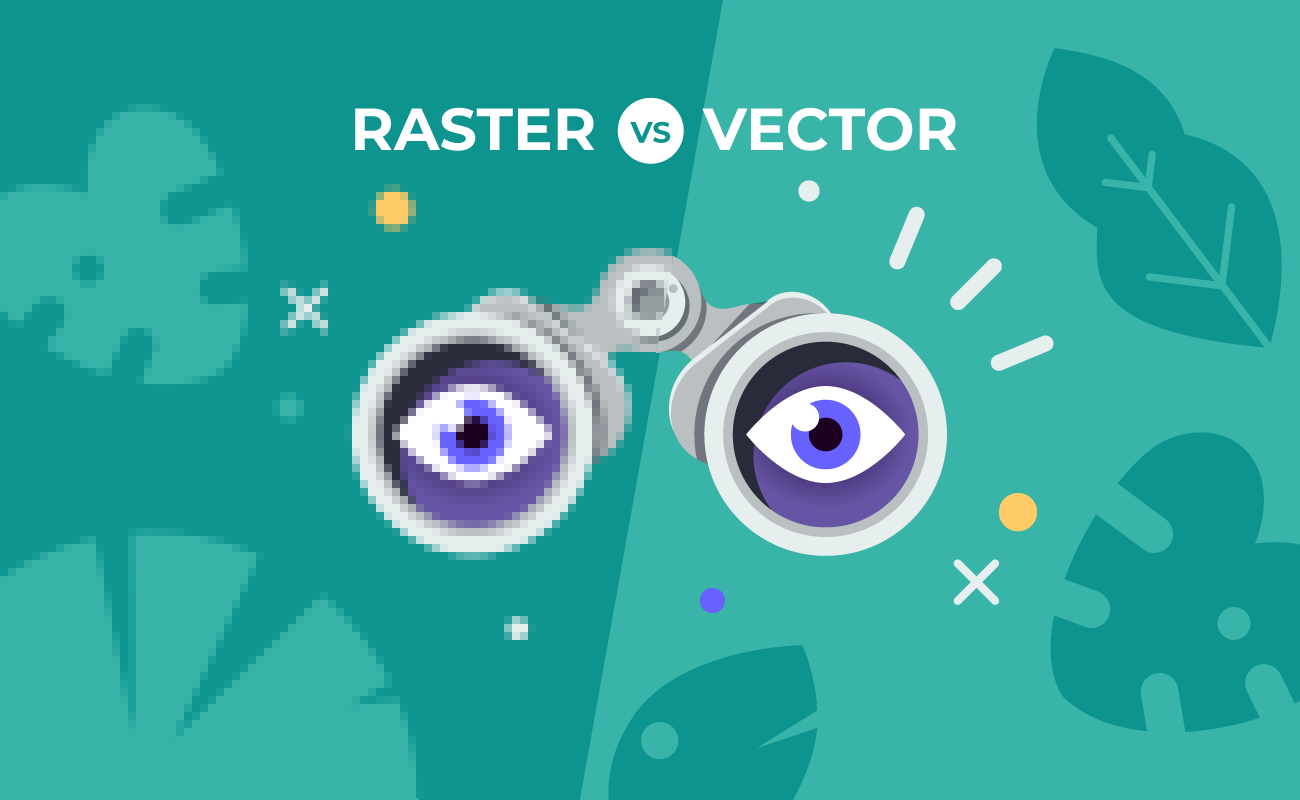
Advantages and disadvantages of SVG files
SVG and Lottie files both excel in delivering scalable, lightweight animations, but they suit different creative and technical needs. The differences between them are often critical in deciding which format to use. For example, Lottie is ideal for native mobile applications, while SVG is preferred for SEO-friendly web graphics.
The table below highlights both the differences and similarities between the two formats:
| SVG | Lottie | |
| Smaller size | ✔️ | ✔️ |
| Resolution adaptable | ✔️ | ✔️ |
| Improves SEO | ✔️ | ❌ |
| Performance-friendly | ✔️ | ✔️ |
| Infinitely scalable | ✔️ | ✔️ |
| Native support across web platforms | ✔️ | ✔️ |
| Native support across mobile platforms | ❌ | ✔️ |
| Eazy to customize | ✔️ | ❌ |
| Supports interactivity | ✔️ | ✔️ |
SVG, unlike GIF, JPG, PNG, and WebP formats, is a vector-based image format. This makes SVG perfect for web graphics that need to adapt across different screen sizes, while the other formats are raster-based and become pixelated when scaled up.
GIF supports animations but is limited in color depth, which can make it less vibrant than the richer colors in JPG, PNG, or WebP. While JPG excels in compressing complex, colorful images like photos with minimal data, it sacrifices transparency support, a strength of PNG and WebP.
WebP often combines the best features, with small file sizes and support for transparency and animations, making it a versatile choice for web use but less universally supported than the more established PNG and JPG. SVG, in contrast, is code-based and great for interactive graphics and high responsiveness, although it doesn’t support the photographic detail that makes raster formats essential for complex images.
Take a look at this comparison table to explore the differences between SVG, JPG, PNG, and WebP formats:
| SVG | GIF | JPG | PNG | WebP | |
| Smaller size | ✔️ | ❌ | ❌ | ❌ | ❌ |
| Resolution adaptable | ✔️ | ❌ | ❌ | ❌ | ❌ |
| Unlimited colors | ✔️ | ❌ | ✔️ | ✔️ | ✔️ |
| Performance-friendly | ✔️ | ❌ | ❌ | ❌ | ✔️ |
| Infinitely scalable | ✔️ | ❌ | ❌ | ❌ | ❌ |
| Animation | ✔️ | ✔️ | ❌ | ✔️ | ✔️ |
| Eazy to customize | ✔️ | ❌ | ❌ | ❌ | ❌ |
| Supports interactivity | ✔️ | ❌ | ❌ | ❌ | ❌ |
| Improves SEO | ✔️ | ❌ | ❌ | ❌ | ❌ |
| Widespread support | ✔️ | ✔️ | ❌ | ✔️ | ❌ |
| Best quality | ✔️ | ❌ | ❌ | ❌ | ❌ |
SVG files examples in multiple contexts
The SVG format has a variety of applications, and we've included several visual examples of use cases below:
How to create an SVG file in SVGator
If you're looking to create and animate your own SVG with no coding, SVGator might be just the tool you need. It offers intuitive vector drawing and editing features, making it easy to design from scratch, even on the free plan with unlimited exports.
FAQ
1. Is SVG a DST file?
No, SVG and DST are two distinct file formats with different purposes. SVG is a widely-used, XML-based vector graphic format that maintains image quality at any size, ideal for web graphics and illustrations. It supports shapes, paths, text, and even animation, making it perfect for responsive design on websites. DST files, however, are specific to embroidery machines and contain stitch commands rather than graphical shapes. While both SVG and DST files can represent designs, SVG is versatile for digital graphics, whereas DST is tailored for guiding embroidery machines on how to stitch designs onto fabric.
2. How to open an SVG file?
Opening an SVG file is easy, as SVG graphics are widely compatible with both design software and standard web browsers. If you're simply looking to view the SVG, open it directly in any web browser by right-clicking on the file and choosing "Open With" > "Browser Name." For editing, use vector graphic design software. Many coding environments, including Visual Studio Code, also support SVG files if you’re working with SVG in web development.
3. How do I edit an SVG file?
To edit an SVG file, start a new project in SVGator and import your file. Select the elements you want to adjust, then modify colors, remove any unnecessary layers, apply filters, or add text with custom fonts. The creative options are limitless.
4. How do I add SVG files to a website?
Adding SVG files to a website is as straightforward as adding any other image file. Just use the <img> or <object> tags, and you're set! Alternatively, if you’d like to include the SVG inline, simply paste the SVG code directly into an HTML block for the same final effect.
Conclusion
SVG files combine quality, versatility, and performance in a way that meets the high standards of modern web design and development. Their scalability ensures that visuals remain crisp across all screen sizes, making the SVG files perfect for everything from intricate logos to animated backgrounds and interactive microinteractions. For those looking to create and animate SVG graphics with ease, tools like SVGator make it simple to design custom graphics without any coding.




